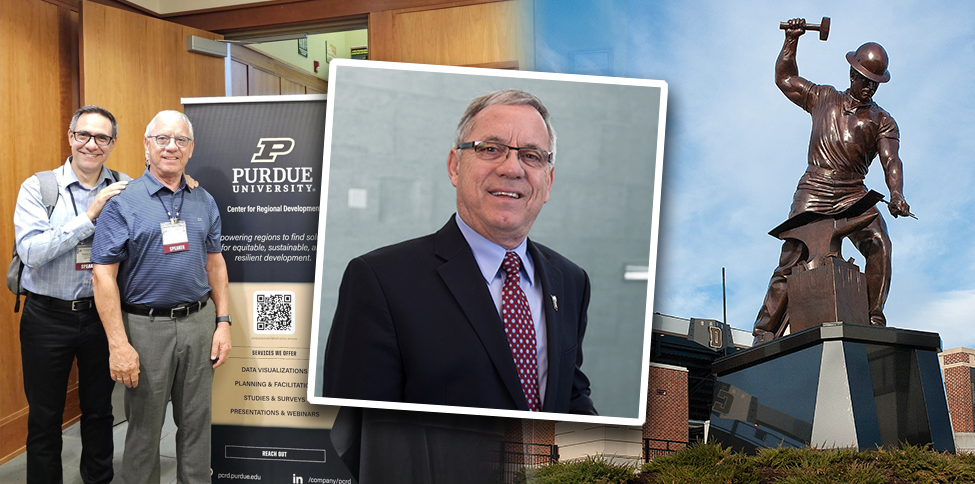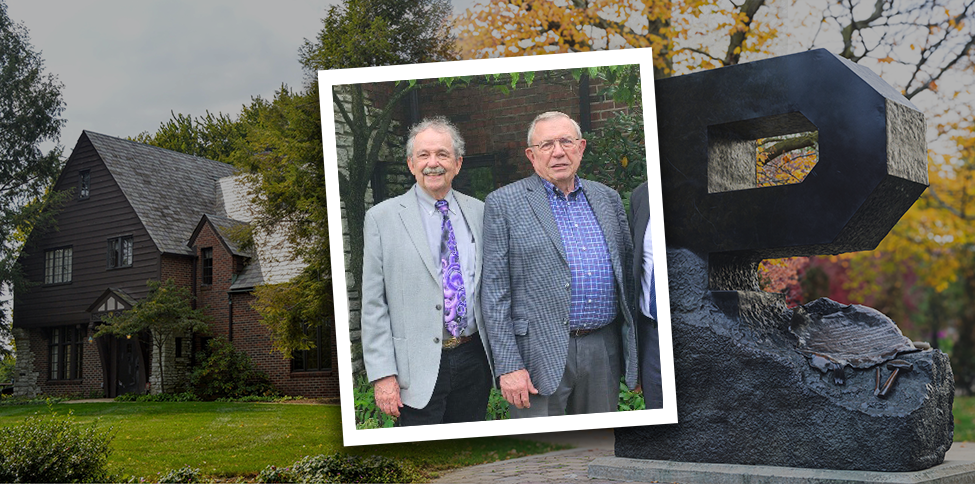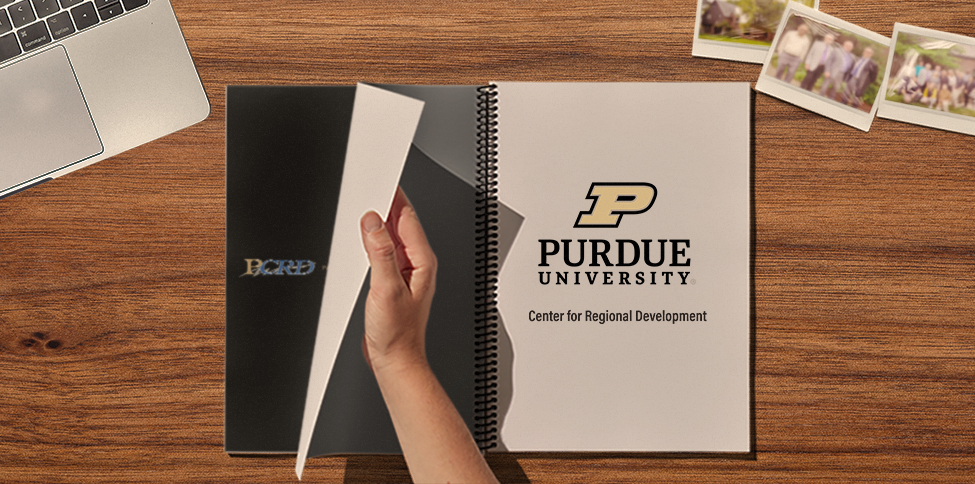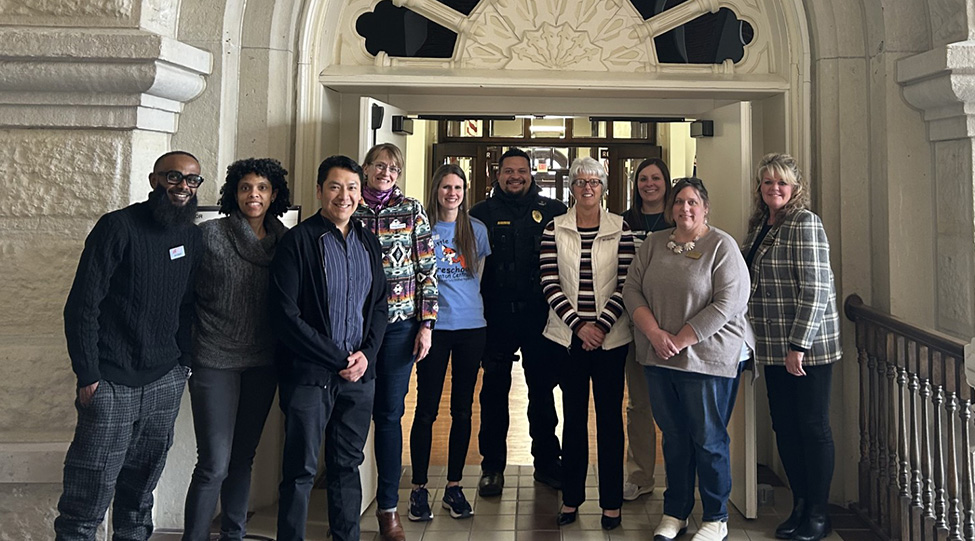Indiana’s Broadband Footprint
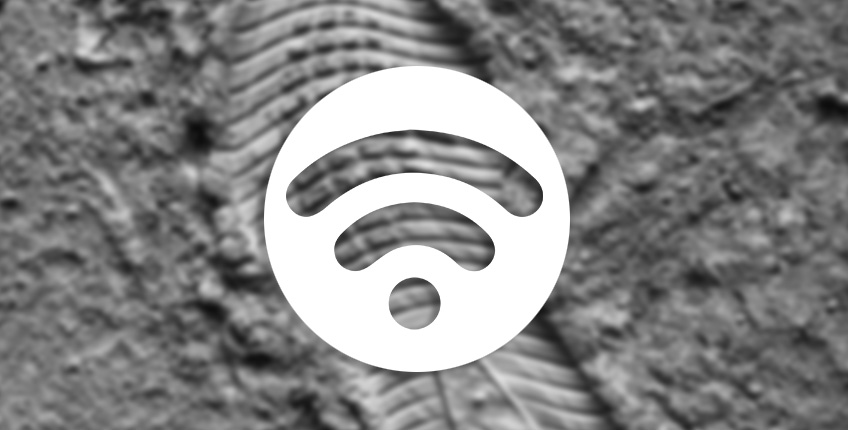
The latest Federal Communication Commission (FCC) Form 477 dataset was released last month. This June 2017 dataset (includes revisions through August 2018) contains information submitted by internet providers—twice per year—on broadband technologies and maximum advertised speeds at the census block level. The census block level is the most granular level used by the census to compile demographic information. This dataset allows mapping where broadband is advertised as available including multiple technologies such as DSL, Cable, Fixed Wireless, Satellite, Fiber, etc. and different maximum advertised download and upload speeds.
It is important to note that this dataset is known to have some issues, specifically that it is carrier self-reported and has not been validated by a third party or consumers. Besides, if one home or business in a census block is served, the entire block is considered served. Regardless of these issues, this dataset is the only one available that provides a glimpse into broadband availability at the census block level.
Figure 1 below shows the broadband footprint for Indiana as of June 2017 where providers advertised at least 25 Megabits per second (Mbps) download and at least 3 Megabits per second upload, or 25/3 for short. This 25/3 definition is used by the FCC to define a service as broadband.
The majority of the Hoosier broadband 25/3 footprint included cable (yellow) and fiber (red) with pockets of fixed wireless (green) and DSL (light purple). When all is said and done, 100 percent of Indiana is covered by advertised 25/3 according to the June 2017 dataset. However, this footprint includes satellite technology. This technology is known to include data caps as well as have latency and weather-related issues. In fact, notice how multiple counties rely mostly on satellite (blue) service, particularly in the southwest section of the state.
It is important to mention that in the June 2016 version of the FCC dataset, satellite was not listed as advertising at least 25/3. For this reason, and to compare apples to apples and due to the multiple issues presented by this technology, Figure 2 below includes the Indiana broadband 25/3 footprint without satellite technology. In this case, counties previously with access to 25/3 are almost entirely unserved.
Regarding population with and without access to the 25/3 footprint, Table 1 shows the share of population with access to 25/3 using the June 2016 and June 2017 datasets. Since population at the block level is only available from the decennial census, population figures are from 2010.
When using the June 2016 dataset, 5.52 million Hoosiers or 85.2 percent of the total population had access to advertised 25/3. A year later, or using the June 2017 dataset, all Hoosiers had access to advertised 25/3 broadband. However, the vast majority of this increase was due to satellite included in the most recent dataset (more on this below, see Table 2). If satellite is excluded, the number of Hoosiers with access to advertised 25/3 broadband was of 5.57 million or 85.9 percent.
In other words, as of June 2017, 14.1 percent of Hoosiers or about 913,000 did not have access to advertised 25/3 broadband (excluding satellite), down from 14.8 percent in June 2016.
To further understand the expanded broadband footprint, records included in the database were analyzed. Records include any data reported by any provider at any speed and any technology per census block. As shown in the table below, 1.6 million records were filed by providers in Indiana for the June 2017 dataset, up from 1.5 million in June 2016.
Of these, about 36 percent or 600 thousand met the 25/3 criteria in June 2017, up from 14.2 percent or 225 thousand in June 2016. While all technologies increased their 25/3 footprint between 2016 and 2017, satellite’s increase was significant. Note how zero records for satellite were reported in 2016 yet 56.8 percent of broadband records in 2017 was satellite. The largest share of 25/3 records excluding satellite was cable with 22.5 percent followed by fiber with 9.1 percent and DSL with 8.8 percent.
To conclude, the broadband footprint advertised at speeds of at least 25/3 increased in Indiana between 2016 and 2017. However, a large share of this increase was due to satellite reporting 25/3 advertised speeds. For this reason, the percent of Hoosiers without broadband 25/3 declined from 14.8 percent in 2016 to zero percent in 2017.
If satellite is excluded, however, the percent of Hoosiers without advertised 25/3 broadband was of 14.1 percent in 2017 or 915,000, down from 14.8 percent in 2016. In other words, 43 thousand Hoosiers gained access to advertised 25/3 between June 2016 and June 2017 (excluding satellite). The good news is that the technology with the largest increase (excluding satellite) was fiber optics. On the other hand, a little over one-fifth of advertised 25/3 broadband is cable while fiber accounts for less than 10 percent.
Efforts need to continue to make sure more Hoosiers have access to at least 25/3 advertised broadband. At the same time, the FCC dataset needs to be validated to improve accuracy, and actual speeds need to be gathered, considering this analysis utilized maximum advertised speeds. Actual speeds, along with broadband access data validation should provide a more accurate Hoosier broadband footprint. A more precise footprint can better inform local efforts to expand or upgrade their broadband infrastructure.
As web applications continue to evolve and become more sophisticated, faster speeds will be required and expected. Things are moving in the right direction. As discussed, the Hoosier broadband footprint is expanding. In addition, a new statewide director of broadband opportunities was announced followed by Governor Holcomb announcing $100 million to fund ultra-fast rural broadband as well as the Office of Community and Rural Affairs providing five communities funding to conduct broadband planning grants. More importantly, a recent Purdue Center for Regional Development (PCRD) study found that for every dollar invested in rural broadband, the economy could receive four.
The road ahead is uphill but not impossible. Adequate digital connectivity and know how among Hoosiers will better position the state to transition to, plan for, and prosper in the digital age.

Roberto Gallardo is the Vice President for Engagement and an Associate Professor in the Agricultural Economics Department. He holds an electronics engineering undergraduate degree, a... read more

